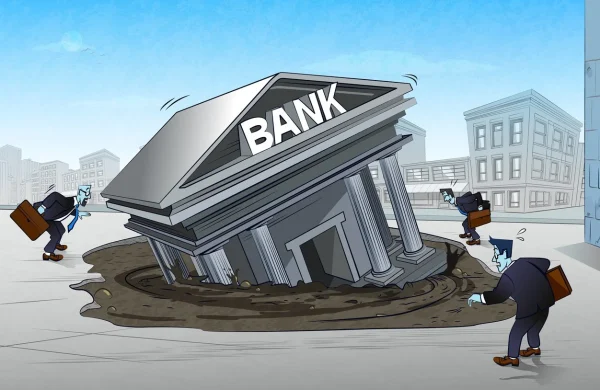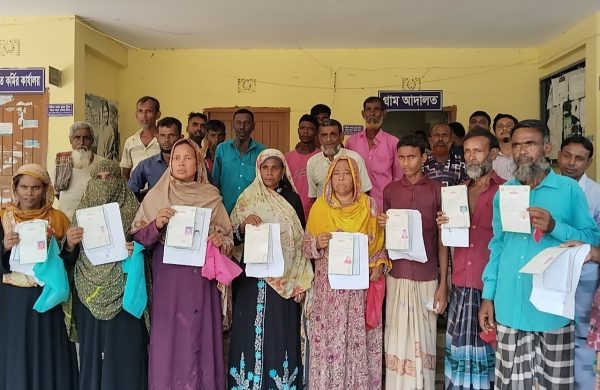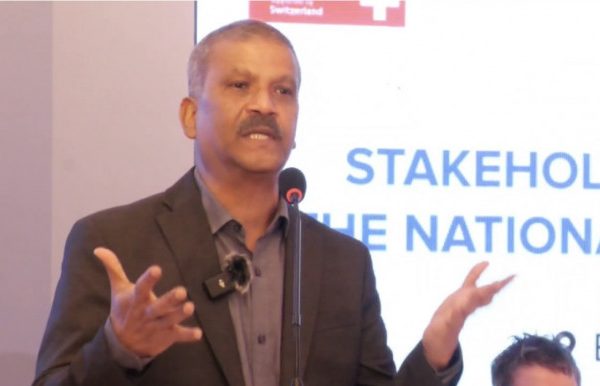Ten non-banks lose Tk 1,079cr in H1
- Update Time : Monday, August 18, 2025

Staff Correspondent:
Ten listed non-bank financial institutions (NBFIs) sank into a combined loss of Tk 1,079 crore in the first half of this year, an increase of 17 percent from the same period a year earlier.
The figure dwarfs the Tk 178 crore profit posted by six peers. It highlights the depth of crisis in the scam-hit sector that is grasping for air amid sweeping banking reforms.
Bangladesh has 35 NBFIs, of which 23 are listed. 16 have published their half-yearly data so far. Seven are yet to report, while another five remain irregular due to long-running financial troubles.
Phoenix Finance and Investments Limited recorded the steepest loss at Tk 468 crore, followed by Peoples Leasing and Financial Services Limited with Tk 189 crore, and FAS Finance and Investment Limited at Tk 147 crore.
Others in the red include First Finance Limited, MIDAS Financing PLC, Islamic Finance and Investment Limited, Bangladesh Industrial Finance Company Limited, Union Capital Limited, Bay Leasing and Investment Limited, and Fareast Finance and Investment Limited.
On the profit side, IDLC Finance led with Tk 111 crore, while DBH Finance contributed Tk 42 crore.
Years of weak governance and financial irregularities are responsible for the decline of the industry, according to Kanti Kumar Saha, vice-chairman of the Bangladesh Leasing and Finance Companies Association.
“If the financial institutions followed proper credit risk management guidelines, selected clients properly, and followed classification guidelines accurately, this situation might not have arisen,” he added.
“So, many problems could have been avoided if the central bank’s guidelines had been followed properly,” Saha said.
Unlike banks, which profit from deposits and interest spreads, NBFIs focus on leasing, venture finance, insurance, and capital market investment, drawing funds mainly from long-term instruments and borrowings.
Saha said new loan classification rules for banks, which were introduced in April this year, had knock-on effects across the financial sector. However, it did not directly hit the non-banks.
Rather, high inflation and rising interest rates are compounding pressures, he said. “Many borrowers are delaying loan repayments because of low market demand and a cash crunch. Even some of the good borrowers who never delayed in the past are now paying in instalments.”
Saha, who is also chief executive officer of Alliance Finance PLC, said the Bangladesh Bank has now stepped in with liquidity support for 20 ailing NBFIs, aimed at restructuring and potential mergers.
Still, the regulator’s immediate focus remains on the banking sector. “As the NBFI sector’s market size is comparatively small at 5 to 6 percent compared to the total financial sector. The NBFI sector will be taken care of later,” said Mohammad Shahriar Siddiqui, assistant spokesperson at the Bangladesh Bank.
Such neglect is not new, according to Shah Md Ahsan Habib, professor at the Bangladesh Institute of Bank Management.
Prof Habib said the sector “stands in a storm” yet has historically been overlooked.
He said, “Banks and non-banks are doing almost the same thing in Bangladesh, as banks are covering long-term finance too. The NBFI sector should get extra incentives over banks for long-term finance.”
He also pointed to structural weaknesses. “NBFIs need to get finance through issuing long-term bonds to give long-term loans. However, they are also depending on short-term deposits to give long-term loans. It causes asset liability mismatch.”
Prof Habib believes only a stronger stock market can support bond issuers and help restore the health of the sector.
Non-banks that are yet to publish their half-year reports include Uttara Finance and Investments Limited, Prime Finance and Investment Limited, Premier Leasing and Finance Limited, LankaBangla Finance PLC, Investment Corporation of Bangladesh, International Leasing and Financial Services Limited, and GSP Finance Company (Bangladesh) Limited.















